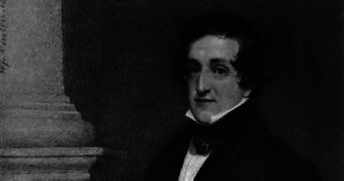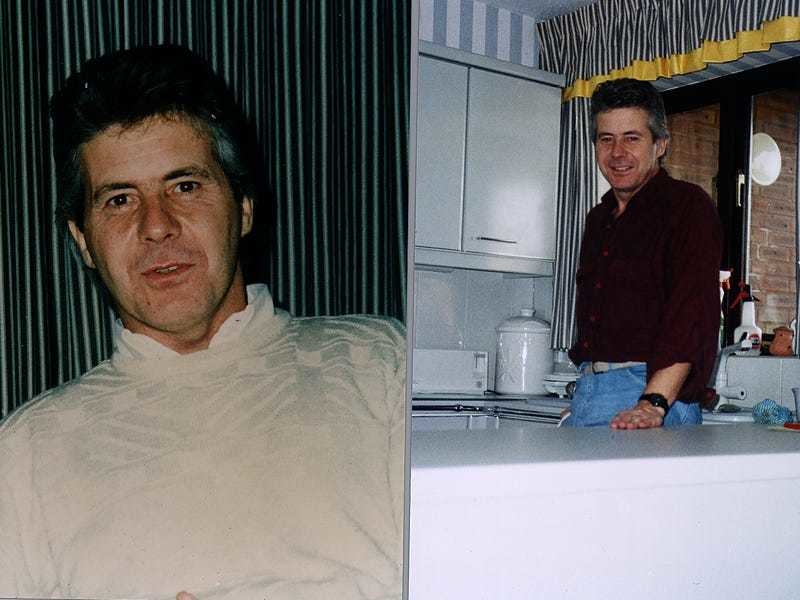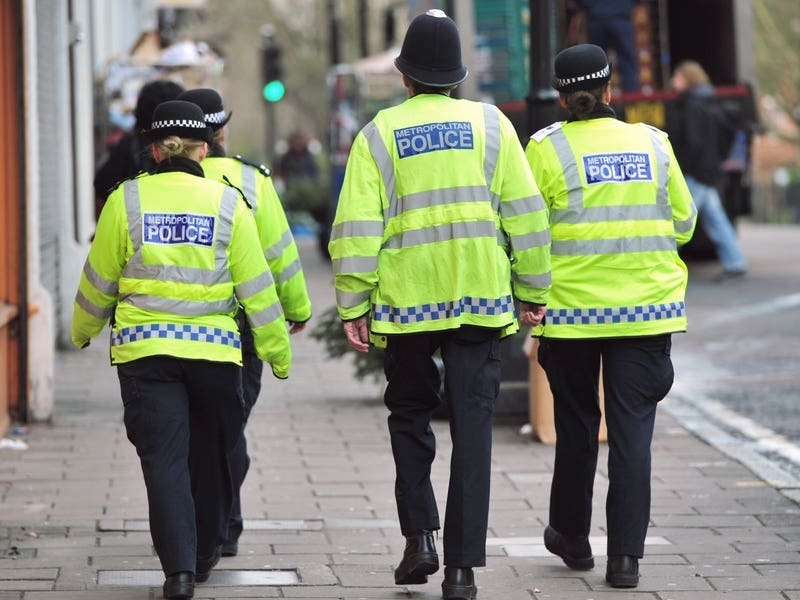Sometimes the Island authorities tried to keep the scale of the disease quiet from our neighbours, a policy which failed spectacularly during one severe outbreak.
In 1848 when Sir John Hobhouse, a leading politician in the UK, decided to spend his holidays in Jersey, he found himself staying in accommodation near a house where he soon discovered cholera was rife. This discovery proved more than a little embarrassing for the Jersey authorities who had been trying to keep a lid on the scale of the outbreak. Unfortunately for everyone, Sir John’s day job was chairman of the Board of Control in England, which meant one of his responsibilities was the cholera outbreak back on the mainland.
Sir John, according to David Maclean in his 2006 study Public Health and Politics in the Age of Reform, found to his horror that ‘the disease was everywhere in St Helier … with 13 out of the 16 inhabitants of a nearby house dying within its walls two days after (his) arrival and all the remaining residents in the street having retreated to a hilltop refuge.’
No doubt it proved somewhat difficult to keep the true extent of the epidemic in Jersey quiet, with the man principally responsible for its containment in the UK finding himself in the thick of it.
The disease first surfaced dramatically that century in 1832 and we learn of its impact from John Foote, a surgeon from a hospital caring for cholera patients in London. He wrote about the outbreak in the London Medical and Surgical Journal, Volume II, published by Renshaw and Rush, 356 Strand, in 1833, only a year after the outbreak.
Special centres were established in St Helier to try to cope with the level of illness that swept through the town and some of the outlying parts of the Island.
In the Royal Square, the guard house was equipped as a dispensary and manned by two medical staff and became known as the Central Station.
At the shore not far from Elizabeth Castle, store rooms belonging to M Nicolle were converted and used as a hospital.
Such was the fear of the illness that Foote records the difficulty of finding people willing to act as nurses or orderlies in the makeshift hospital. Those who volunteered were ‘generally persons of intemperate habits and bad repute’.
He reported that the source of the disease was traced to a series of buildings in George Street, a road near the sea not far from Elizabeth Castle. The six houses closest to the shore were described as ‘brothels’ and the occupants of these – numbering as many as 40 people – were all reported to have died from the disease.
Other parts of the Island escaped the worst of the illness. For instance only three cases were recorded in St Aubin, at that time still a thriving port and centre for shipbuilding and where the population was some of the wealthier merchant classes.
When the disease was identified at a property, the medical team allocated to that part of St Helier – it was divided into 12 districts to make it easier for the authorities to cope with the spread of the disease – would be responsible for clearing out the infected house, white-washing and fumigating, burning clothing and furniture if required when a medical certificate declared it necessary.
Sir John Foote was scathing about the conditions of some areas of the town. ‘There were parts of St Helier which were extremely filthy and thickly inhabited, especially with the lower classes,’ he wrote. He described part of the town around Parade Place as ‘irregular, close, dirty and ill-ventilated and he compared Parade Place itself to the squalor of St Giles in London, a notoriously poor part of the capital known for its criminals, overcrowding and disease.
The poor in Jersey were recognised as the incubators for the spread of the disease. To try to contain it, the authorities decided to deport the poor who were not native-born while the poorest of the Islanders were despatched to tents at Gallow’s Hill.
There was considerable criticism of these actions and petitions presented to the British government against the ‘extreme injustice’ of the policy, but Foote defended the Jersey authorities in his report, suggesting it had been vital to try to curtail the disease among the narrow, densely inhabited streets of the town.
Such drastic action was only partly successful it appears, for as Sir John Hobhouse was to discover 16 years later, the disease was to return again with some ferocity.
It was not until it was recognised that cholera was a disease caused by a bacterium spread chiefly by polluted water supplies that real steps forward in its control and final eradication.






